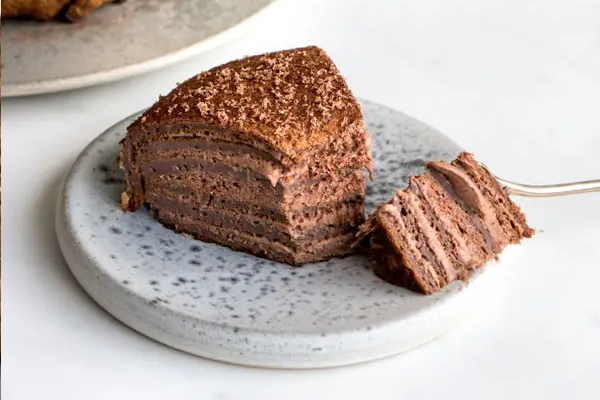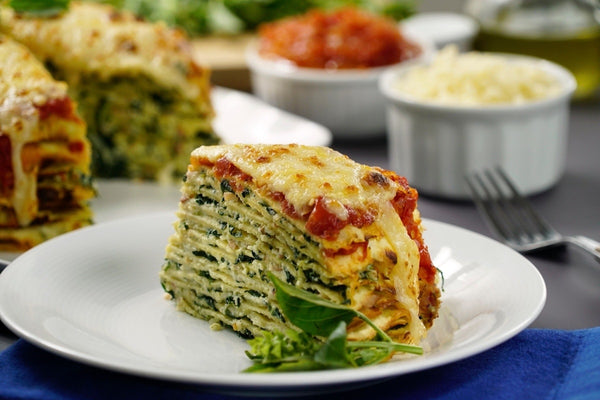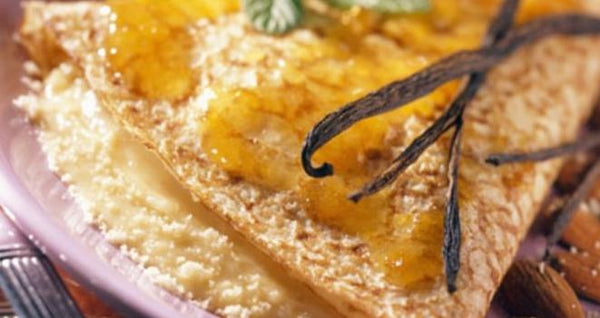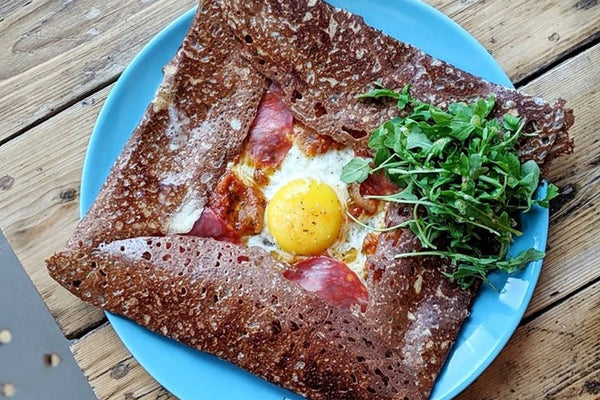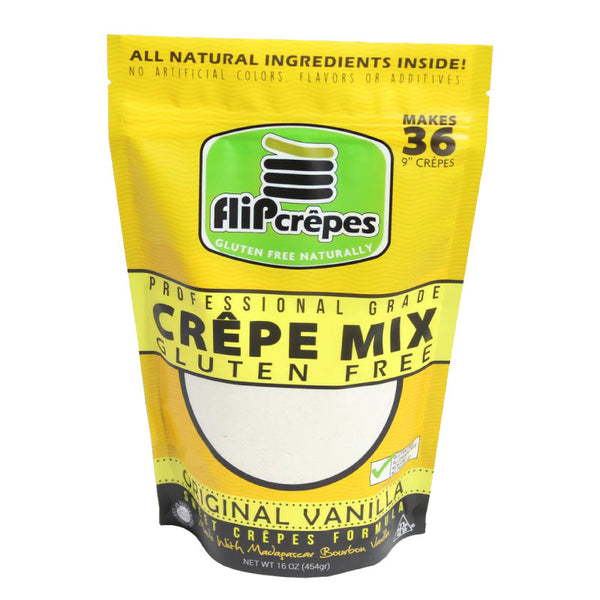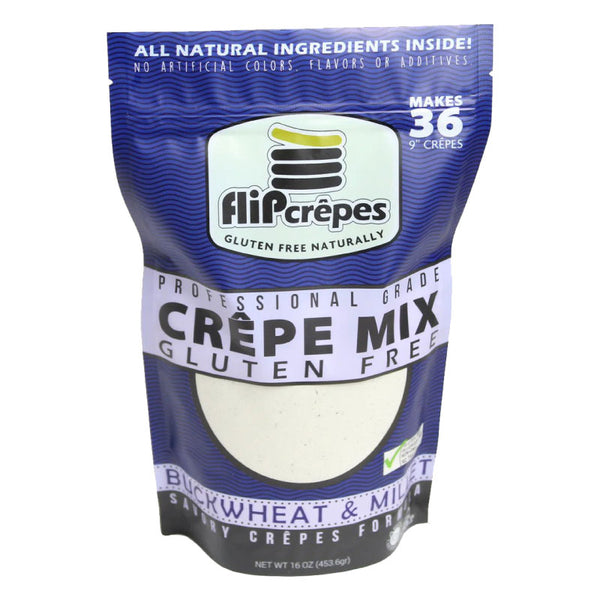Crêpes are a beloved dish throughout Europe, with each country putting their own spin on this classic treat. Whether thin and crispy or thick and fluffy, sweet or savory, crêpes have become a staple dish in European cuisine. In this article, we will explore the different names and unique features of crêpes from various European countries.
France: Crêpes
France is known as the birthplace of the crêpe, and their version is a classic thin pancake made with wheat flour, milk, and eggs. The batter is usually flavored with vanilla, and the crêpe is cooked until it is crispy around the edges. Traditional fillings include Nutella, sugar, and lemon juice, but savory options like ham and cheese are also popular.
Germany and Austria: Palatschinken
In Germany and Austria, crêpes are called Palatschinken, and they are similar to French crêpes but are slightly thicker. They are often served with sweet fillings like apricot jam, but savory options like spinach and cheese are also common. In Vienna, Palatschinken are often filled with vanilla custard and topped with chocolate sauce.
Scandinavia: Plättar, Pannkakor, and Pannenkoeken
In Scandinavian countries, crêpes are known as Plättar in Sweden and Pannkakor in Norway, and they are typically thinner than French crêpes. Plättar are often served with lingonberry jam, while Pannkakor are traditionally filled with whipped cream and jam. In the Netherlands, crêpes are known as Pannenkoeken, and they are usually served with syrup or powdered sugar.
Spain: Frixuelos and Filloas
In Spain, crêpes are known as Frixuelos in Asturias and Filloas in Galicia. Frixuelos are usually made with milk, eggs, flour, and anise liquor and are filled with whipped cream or jam. Filloas are similar to French crêpes but are usually made with pork lard instead of butter, giving them a unique flavor.
Greece: Krepa
In Greece, crêpes are called Krepa, and they are usually filled with feta cheese and spinach. They are also often served with honey and walnuts.
Italy: Crespelle
In Italy, crêpes are called Crespelle, and they are often filled with ricotta cheese and spinach or prosciutto and mozzarella. They are also used as a base for lasagna and other baked dishes.
Eastern Europe: Blini and Palacinke
In Eastern Europe, crêpes are known as Blini in Russia and Palacinke in Serbia, Croatia, and Slovenia. Blini are traditionally served with sour cream and caviar, while Palacinke are usually filled with jam, chocolate, or cheese.
Conclusion
Crêpes are a versatile and delicious dish that can be enjoyed in many different ways across Europe. From the thin and crispy French crêpe to the thicker Austrian Palatschinken, each country has its own unique spin on this classic treat. Whether sweet or savory, filled with Nutella or feta cheese, crêpes are sure to delight taste buds all over the continent.
References:
